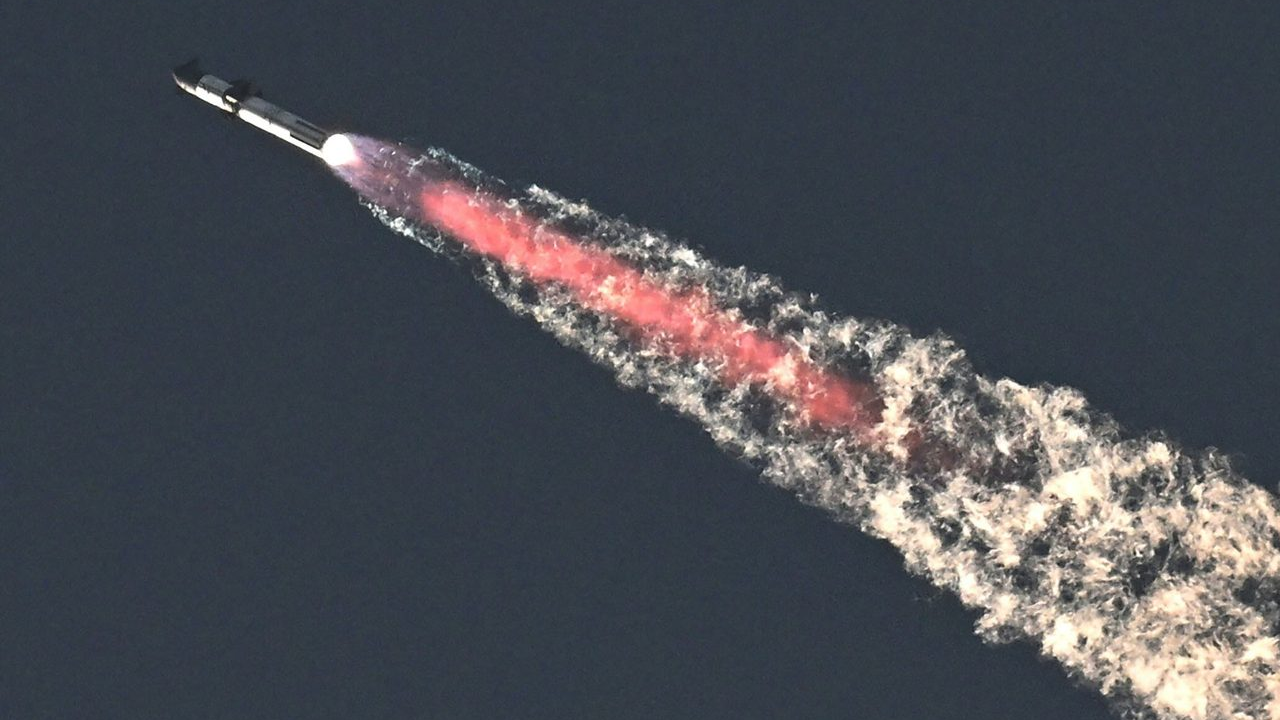Starship Flies
On November 18th, the world's largest rocket - Starship - launched from Boca Chica, Texas for its second test flight.
Observers were only a little nervous - likely remembering the scale of damage from the first test flight back on April 20th, which left a huge crater in the launch pad, and flung heavy chunks of concrete far into the surrounding coast line.
But the SpaceX team had been hard at work since then, and had installed upgrades and new equipment that seemed to easily handle the power of the Superheavy Booster and its 33 Raptor V2 engines. Over 7700 tonnes of force was completely diverted by a steel plate and thousands of gallons of water.
Aside from testing their new upgrades - this Starship flight needed to meet two specific goals: It needed to lift off without completely demolishing the pad again, and it needed to be able to demonstrate stage separation without exploding.
And it did both of these things pretty much flawlessly. And then it exploded.
After boosting to an altitude of about 70 kilometers, the rocket began its stage separation procedure - which is when the booster and the vehicle that’s riding on top of it pull apart. Typically, the first stage booster then falls away to burn up or splash into the ocean, while the second stage continues on its own engines into orbit.
SpaceX - like all of Elon’s companies - prefers to do things a little more dramatically. First, the company was trying out a separation technique called Hotstaging - which involves starting the engines of the Starship upper stage vehicle before actually unlocking the two parts, which allows for a smoother transition from a one-piece rocket. Also, after separation, the enormous super-heavy booster is designed to flip 180 degrees, turn its engines back on, and fly back to base - or in this case, the Gulf of Mexico for a splash landing in the ocean.
Eventually, it will also land sort of like how the Falcon 9 booster does - only with some extra steps involving getting caught by the launch tower’s chopstick arms because Superheavy is MUCH bigger than Falcon 9’s booster, and so can’t land on legs the same way.
Unfortunately, during this part of the test, the superheavy booster made a terrific flip, aligned properly to the target… and couldn’t get all its engines to light. So instead of risking the gigantic vehicle flying off course, SpaceX hit the big red button and activated the Flight Termination System - which blew the booster into many tiny pieces.
The Starship upper half of the rocket did a bit better - flying for about five more minutes before another anomaly forced its FTS to activate, and a second explosion marked the end of the flight test.
Explosions during rocket testing are pretty much a normal hazard of that process, so while those sensational headlines snarkily joking about Elon’s rocket blowing up again are technically true - this test really was an unqualified success.
The rocket was able to fuel without issue, launch without breaking the surrounding facility, fly perfectly up to the correct altitude, and separate smoothly using the new technique. It was literally a perfect flight up until that point. Even NASA’s SLS rocket which took Artemis 1 into space couldn’t claim some of those things.
However, realistically Starship is going to need a lot of work before it becomes usable for full missions - and of course another FAA investigation will have to happen before SpaceX can even launch another test flight - let alone help with the orbital placement of the new Starlink V2 satellites.
All in all, 2024 looks like it’s going to be incredibly busy for SpaceX and their giant rocket.


